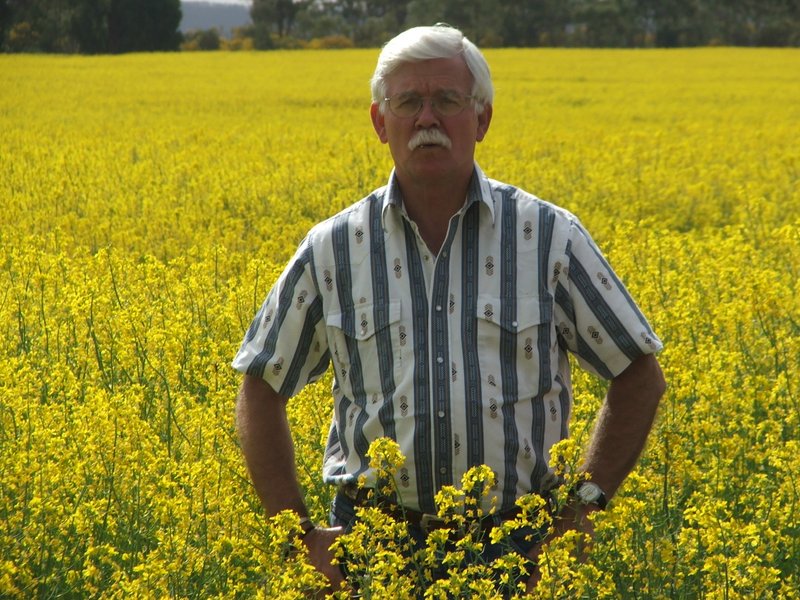Guest blog by Neal Kinsey

Life in the soil and the health of the soil are intertwined. Those who study this point out that the population of beneficial living organisms that grow and thrive there determines to what extent that soil will grow and produce abundant, healthy plants.
Time after time, the healthiest soils are found to be those with the most active living organisms, thus indicating soil life is a major factor in determining soil health. Assuring the correct amount of life’s most critical requirements is the real “trunk of the tree” in regard to building better soil health. The most critical needs for sustaining all life are also the most critical to sustain life in the soil.
There are four basic needs for life – shelter, food, water and air. Which one of these on average could generally most likely be missing and life could go on the longest? First would probably be shelter, then food, then water, then air. Air is the most critical of all since we can only live a very short amount of time without it.
Air in the Soil
When considering clay soils, much like the human body, the lack of enough air would be considered one of the most significant problems. This is usually caused by too much water in the soil, which prevents the air from reaching the proper depth causing interference in microbial activity.
Far too many individuals working in agriculture fail to recognize the significance of the correct amount of air needed to promote soil health, let alone the methods that must be involved for correctly solving this problem when the need for air is lacking. Could the inability to offer such a solution be one of the main reasons it is not pointed out as the greatest problem affecting soil life and soil health.
We teach both consultants and clients how to measure, recognize and rectify feed, water and air needs to maximize soil life and consequently soil health. This includes understanding the mineral requirements (correctly supplying plant nutrients by use of soil chemistry), which affects and corrects soil structure (using soil physics for providing the balance and resiliency of needed air and water requirements), which then helps maintain the most favorable environment for soil biology – the plant roots and all the living organisms needed to support them.
To learn more about soil health, attend Neal's course:
Advanced I Soil Fertility Workshop for Farmers and Growers
December 12-14, 2023 - Berlin, Ohio
Sponsored by Green Field Farms
100 soil samples from actual farms, orchards, greenhouses and truck farms will be used to explain and demonstrate soil needs and the proper materials to use.
Day #1 The ideal soil and why so. Considering good, bad and problem soils. Using manure and compost most effectively. Soil nitrogen, humus and sulfur use.
Day #2 Phosphate, potassium and sodium needs for soils and crops. Determining soil needs and correct materials for boron, iron, manganese, copper, zinc, molybdenum and cobalt.
Day #3 Soil pH, Liming needs, calcium and magnesium values, evaluating liming materials, and dealing with excessive levels of sodium, potassium, calcium or magnesium in soils.
Location: Berlin Grande Hotel 4787 Township Rd 366 Berlin, Ohio 44610
Registration Fee (1 Day) $350 - 2 meals included with admission.
Registration Fee (3 Day) $980 – 6 meals included with admission. 4% Credit Card Processing Fee if paid by card
Lodging: Berlin Grand Hotel (330-403-3050) – Ask for Green Field Farms™ Group Rate
To register or for information: Contact Green Field Farms Office: (330) 263-0246 or info@gffarms.com
